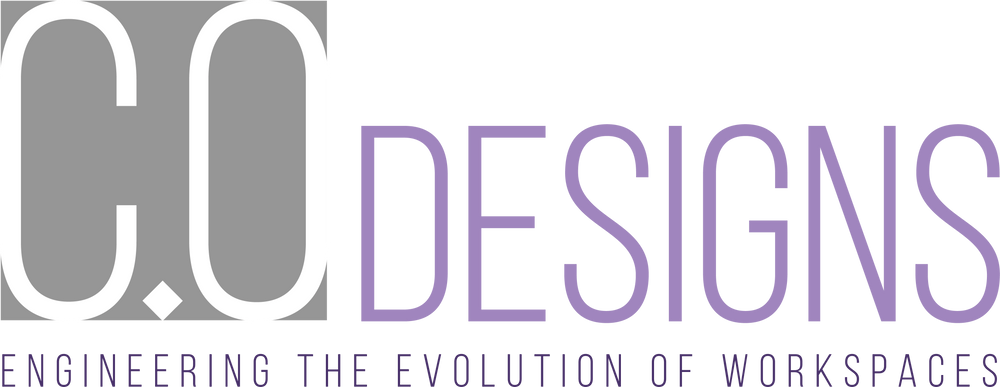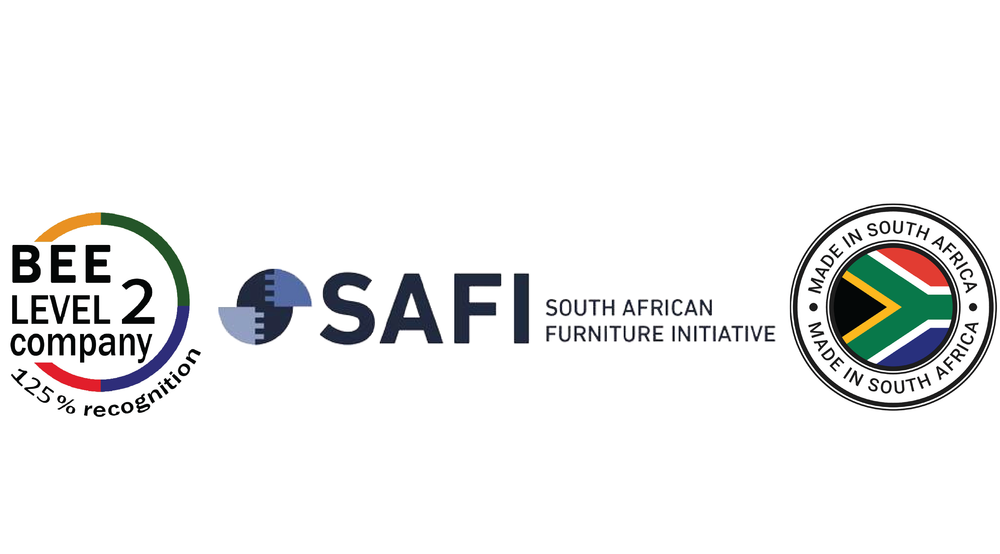
The Demanding Workforce: How Businesses Plan to Meet the Rising Expectations of Gen Alpha, Gen Z, and Millennials
Share
Workplaces today are undergoing one of the most significant transformations in modern history. The emergence of Millennials (1981–1996), Gen Z (1997–2012), and the forthcoming Gen Alpha (2013–2025) into the workforce is redefining not only how businesses operate but also what employees expect from their work environments. The expectations of these generations are not whims—they reflect deep cultural, technological, and social changes that businesses must adapt to in order to thrive.
This generational shift is marked by a demand for flexibility, an emphasis on purpose-driven work, and the integration of advanced technology. Younger employees prioritize values like sustainability, inclusivity, and mental well-being, and they expect their employers to do the same. To understand how businesses can meet these rising expectations, we must first explore the factors driving these demands and how organizations are responding.
Younger generations have grown up in a world of rapid technological advances, increasing globalization, and heightened awareness of societal issues. Unlike previous generations, who often viewed work as a transactional relationship, Millennials and Gen Z see work as an extension of their identities and values. This means that salary and benefits alone are not enough to attract or retain them; they want workplaces that align with their personal beliefs, offer meaningful experiences, and provide opportunities for growth and flexibility.
Flexibility, for instance, has become a cornerstone of the modern workplace. The pandemic accelerated the adoption of remote work, which younger employees view not as a temporary measure but as a permanent option. According to research from Pew Research Center, 68% of Gen Z workers prefer flexible schedules that allow them to work remotely at least part of the time. This preference reflects not just convenience but a desire for autonomy and trust. Younger workers value the ability to structure their workday in a way that optimizes both productivity and personal well-being.
Another key expectation is the integration of advanced technology into the workplace. Gen Z and Millennials are digital natives who have been shaped by technology from a young age. They expect their workplaces to be equipped with the latest tools, from AI-driven software that streamlines workflows to immersive AR and VR technologies that enhance collaboration. These expectations are not just about convenience; they reflect an understanding of how technology can drive efficiency and innovation.
At the same time, younger workers demand workplaces that reflect their values. Sustainability is a prime example. A study from Harvard Business Review highlighted that over 80% of Millennials and Gen Z employees consider a company's environmental impact when evaluating potential employers. They expect businesses to adopt sustainable practices, whether through energy-efficient operations, waste reduction, or the use of eco-friendly materials. This demand is not merely an ethical stance but a reflection of the urgency these generations feel about addressing climate change.
Inclusivity is another critical value. Younger employees expect their workplaces to be diverse and inclusive, fostering an environment where people from all backgrounds can thrive. This goes beyond token efforts or superficial commitments. Research from McKinsey & Company shows that inclusive workplaces not only attract top talent but also outperform their less diverse counterparts in terms of creativity and innovation. As a result, businesses are investing in robust diversity and inclusion programs that go beyond rhetoric to deliver measurable results.
To meet these expectations, companies are rethinking traditional workplace structures and investing in new strategies to create environments that resonate with younger employees. Hybrid work models are a significant development in this area. These models combine the benefits of remote work with the advantages of in-person collaboration. Businesses are designing workspaces that support both modes, equipping offices with the technology and infrastructure needed to enable seamless transitions between remote and on-site work. Shared workspaces, hot-desking systems, and virtual collaboration tools are becoming standard features in the modern office.

The Need for Privacy and Focused Workspaces
While collaboration and flexibility remain central to workplace design, there is a growing recognition among younger generations for the need for privacy and focus in their environments. The open-plan office model, once heralded as the solution for fostering teamwork, has fallen out of favor due to its impact on concentration and productivity.
Studies show that noise and constant interruptions in open spaces are significant sources of stress for employees, particularly for Gen Z and Millennials, who often juggle multiple responsibilities and complex tasks. According to a report from Harvard Business Review, 61% of employees report struggling to focus in open-plan offices, with younger workers expressing a preference for environments that balance collaboration with opportunities for quiet, uninterrupted work.
Privacy is not only about physical spaces but also psychological comfort. Younger employees, who are more vocal about their mental well-being, seek workspaces where they can recharge without the constant presence of colleagues. Acoustic pods, soundproof booths, and focus rooms are gaining popularity as essential components of the modern office. These spaces allow employees to step away from distractions, whether for a video call, a creative task, or simply a moment of quiet reflection.
Interestingly, this demand aligns with the rise of hybrid work. While working from home often provides solitude, employees returning to the office expect similar options for focus. The ideal office of 2025 blends open spaces for collaboration with dedicated zones for privacy. The success of such designs lies in their ability to offer choice—employees can decide where to work based on their immediate needs.
Technology is also playing a role in enhancing privacy. Noise-cancelling systems, smart acoustic panels, and sensors that signal availability are helping to create environments where employees feel protected from interruptions. By addressing this growing need for privacy, businesses can strike a balance between fostering teamwork and supporting individual productivity.

Reimagining the Modern Workspace
Another area of focus is employee well-being. The mental health of employees has gained prominence as a priority for businesses, particularly in the wake of the pandemic. Companies are recognizing that a healthy workforce is not just a moral imperative but a business advantage. Wellness programs, mental health support services, and on-site wellness spaces are becoming integral parts of workplace culture. According to Forbes, businesses that prioritize mental health see improvements in productivity, employee engagement, and retention.
Office design is playing a pivotal role in meeting these evolving demands. Traditional office layouts are giving way to more dynamic, flexible, and human-centric designs. Workspaces are being reimagined to support a variety of work styles and activities, from collaborative brainstorming sessions to focused individual tasks. Modular furniture systems allow businesses to reconfigure spaces quickly and efficiently, providing the adaptability needed to keep pace with changing workforce needs.
Technology is another key component of modern office design. IoT-enabled furniture, for example, allows employees to personalize their workstations, adjusting settings like desk height and lighting to suit their preferences. Advanced collaboration tools, such as video conferencing systems embedded in furniture, ensure that remote and on-site employees can work together seamlessly. These innovations not only enhance productivity but also create an environment where employees feel empowered and valued.
The emphasis on employee well-being is also reflected in design elements that promote health and comfort. Biophilic design, which incorporates natural elements into the workspace, is becoming increasingly popular. Features like indoor plants, natural light, and organic materials create environments that reduce stress and enhance mental clarity. Ergonomic furniture, acoustic solutions to minimize noise, and dedicated wellness areas further contribute to a supportive and inspiring workplace.

Looking Forward
The expectations of Millennials, Gen Z, and Gen Alpha are likely to continue evolving as technological advancements, societal shifts, and personal values shape the future of work. Businesses that adapt quickly to these changes will not only attract top talent but also create resilient, innovative environments that drive long-term success.
The demand for privacy and focused spaces reflects a broader trend toward workspaces that are flexible, human-centered, and adaptable to individual needs. As businesses reimagine their offices for 2025 and beyond, they have an opportunity to strike the right balance—spaces that support both collaboration and solitude, technology and wellness, individuality and inclusivity.
Workplaces must be more than just places to work; they must inspire, empower, and adapt to the needs of the people who use them. By embracing these principles, businesses can position themselves to thrive in a world shaped by the expectations of younger generations.
C.O Designs - Engineering the Evolution of Workspaces
#HybridWorkspaceEra #OfficeDesign #Business #OfficeDesign
Written by: Rowan Michael de Villiers _________________________________________________
For More Information:
Contact C.O Designs for your free consultation on how we can engineer the future of your workspace.
T: +27 21 534 1530
__________________________________________________
Sources
- Harvard Business Review. "Millennials and Gen Z: Redefining the Workplace." https://hbr.org
- Pew Research Center. "How Younger Generations View Work Flexibility." https://pewresearch.org
- McKinsey & Company. "The Hybrid Workforce: Challenges and Innovations." https://mckinsey.com
- Gensler. "2024 Workplace Trends Report." https://gensler.com
- Forbes. "How Office Design is Changing for the Future Workforce." https://forbes.com



